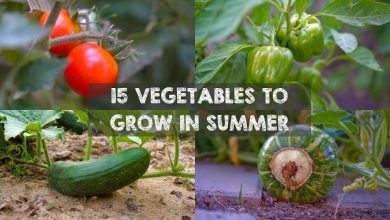All About Ornamental Cabbages: Are They Edible?
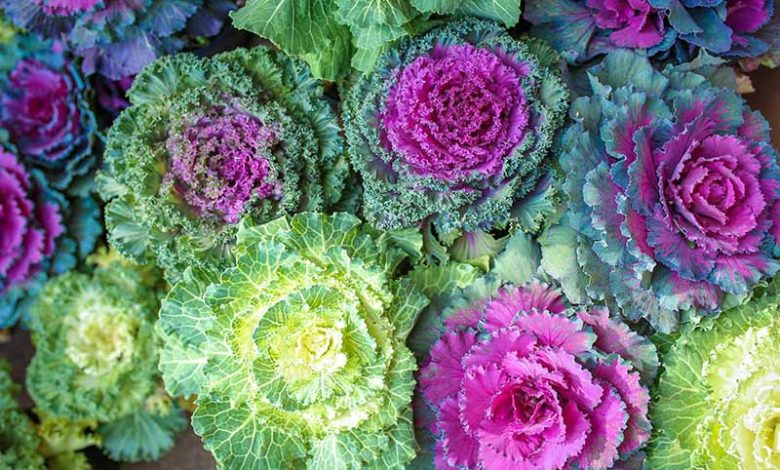
Very good to all Agrohuerters. We recently talked about the cultivation of Swiss chard and that red and yellow varieties are currently being planted to brighten orchards, parks and gardens, with that touch of colour, due to their ornamental and edible use.
Well, there are also other species of cabbage that can be eaten and at the same time give the garden a very special touch of color. In this aspect, the star crop par excellence is ornamental cabbage.
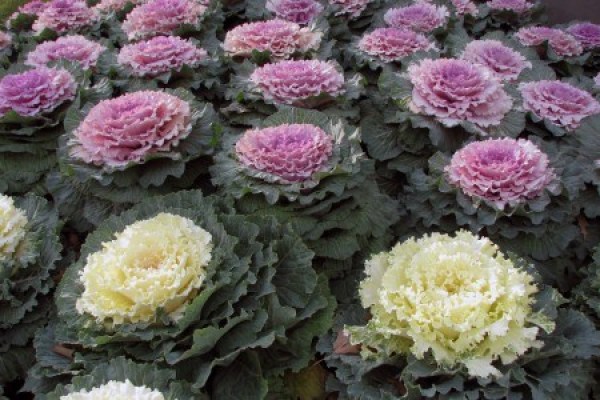
Ornamental cabbages: characteristics
Ornamental cabbages are still cabbages (Species: Brassica oleracea), but differ from edible cabbages, which you all know, in variety.
So to give you some examples, Brassica oleracea var. italica is broccoli (you can also say broccoli ehh), the var. viridis cabbage, var. capitata cabbage and var. Sabellica L. (belonging to the Achepalas group), known as curly cabbage or curly cabbage, is intended both for human consumption and to give an aesthetic touch to our garden due to the bright colors of its leaves.
The Sabellica L. variety (a note, the L comes from its describer/discoverer, Carlos Linneo) is a monocarpic annual plant (once it flowers and spikes it dies) that is characterized by having a size and diameter of 25 to 30 cm with medium, curly leaves with purple, white or bluish hues.
Therefore, this variety has been selected over the years according to its phenological characteristics associated with the color of its leaves and not so much for its culinary aptitude. This is not to say that they are not edible, they are, but their flavor will surely be much more bitter than other varieties.
Even so, in many European countries they are very popular gastronomically, in Germany or the Netherlands there is a lot of culinary tradition associated with this crop, especially during the winter holidays.
The cultivation of ornamental cabbage
The care of this variety is very similar to that of other cabbages, differing in a few aspects.
They are crops that are normally established in the garden at the end of the summer or beginning of the autumn to harvest them during the winter, the plant withstands frost well, even benefiting it by accentuating its colored nuances. With cold, the concentration of chlorophylls (green colors) decreases, accentuating other pigments.
If you want to obtain a low-sized cabbage, direct sowing is recommended in a slightly narrow planting frame, about 15 or 20 cm wide and long between plants, so that once the crop is developed, the aesthetic effect will be much more attractive.
You can also get something similar to a flower with ornamental cabbages, it is recommended to make a seedbed beforehand and remove the lower leaves once the transplant is done. With this we will obtain a much taller and cleaner stem once they spike.
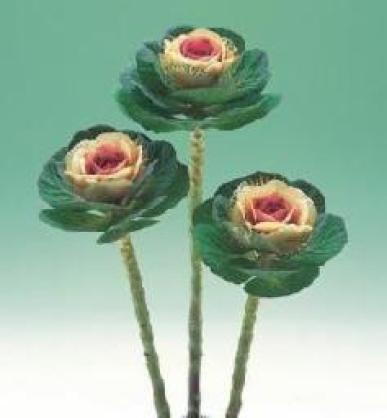
Irrigation should be frequent without flooding the soil, remember that rains are frequent in the orchard during Autumn, so be attentive to the weatherman so as not to water on days when rainfall is coming.
As for pests and diseases, they will not normally appear during the autumn and winter months because their activity slows down due to the cold, even so they can affect the crop with aphids or worms that must be combated ecologically.
How always this is just the usual, depending on the climate you have you can grow this species in one way or another according to your tastes or experiences in the garden.
Curiosities about ornamental cabbage
It is commonly thought that frost gives this crop a sweeter taste, because the ice accelerates the transformation of starch (a reserve substance of edible tissues) into sugars. This is partly true, but it is not due to ice.
The transformation of starch to sugar is carried out by certain hydrolytic enzymes (they break the starch chains into simpler substances, glucose) during the winter the metabolic functions of the plant slow down so these enzymes work more slowly while the plant continues to make the photosynthesis synthesizing more sugars, so the glucose concentration is higher.
Types of ornamental cabbage
I have to tell you that a lot of research has been done on the Sabellica variety to improve and change its colors… That is why what we normally see in parks and gardens as ornamental cabbage is not this variety but some hybrid of the original species.
Hybrids have been selected by various seed companies, especially Japanese, for the shape of their leaves and their colors. That is why we can currently find ornamental cabbages on the market with both fringed leaves and feathery or feathered leaves, with very varied colors and strange names such as Osaka Red or Tokyo Pink, names that come from these houses in Japan.
Even so, I am going to leave you with the most representative series so that you can admire their color and, above all, differentiate them when you find them walking around the city. And I say series because within each one, we can find species with different colors.
Crane series
Curly leaf variety available in pink, hot pink, red and bicolor (yellow and pink).
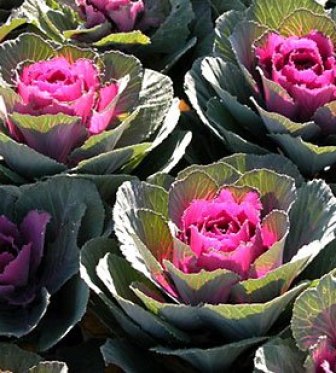
Nagoya series
Curly leaf variety available in white, pink or red colors.
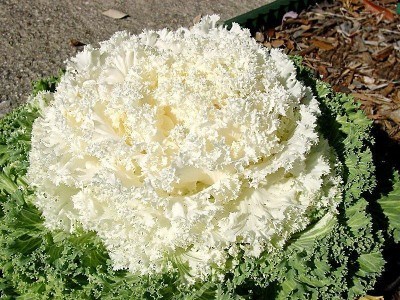
Coral Queen variety
A variety with a very characteristic feathered leaf due to its red colour.
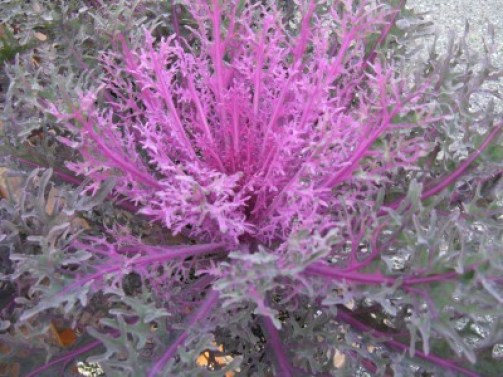
Combining these varieties can give spectacular results as in the Villandry Palace, France.
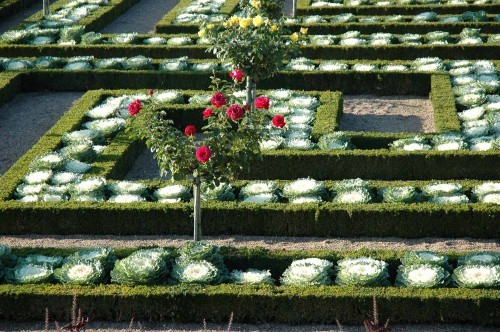
There are many more ornamental cabbages, this world is a real madness, I hope I have brought it a little closer to you and that you have enjoyed
All the best.


![Photo of Caring for a Bonsai: [Irrigation, Sun Exposure, Pruning and Fertilizer]](https://www.complete-gardening.com/wp-content/uploads/2022/08/caring-for-a-bonsai-irrigation-sun-exposure-pruning-and-fertilizer-390x220.jpg)
